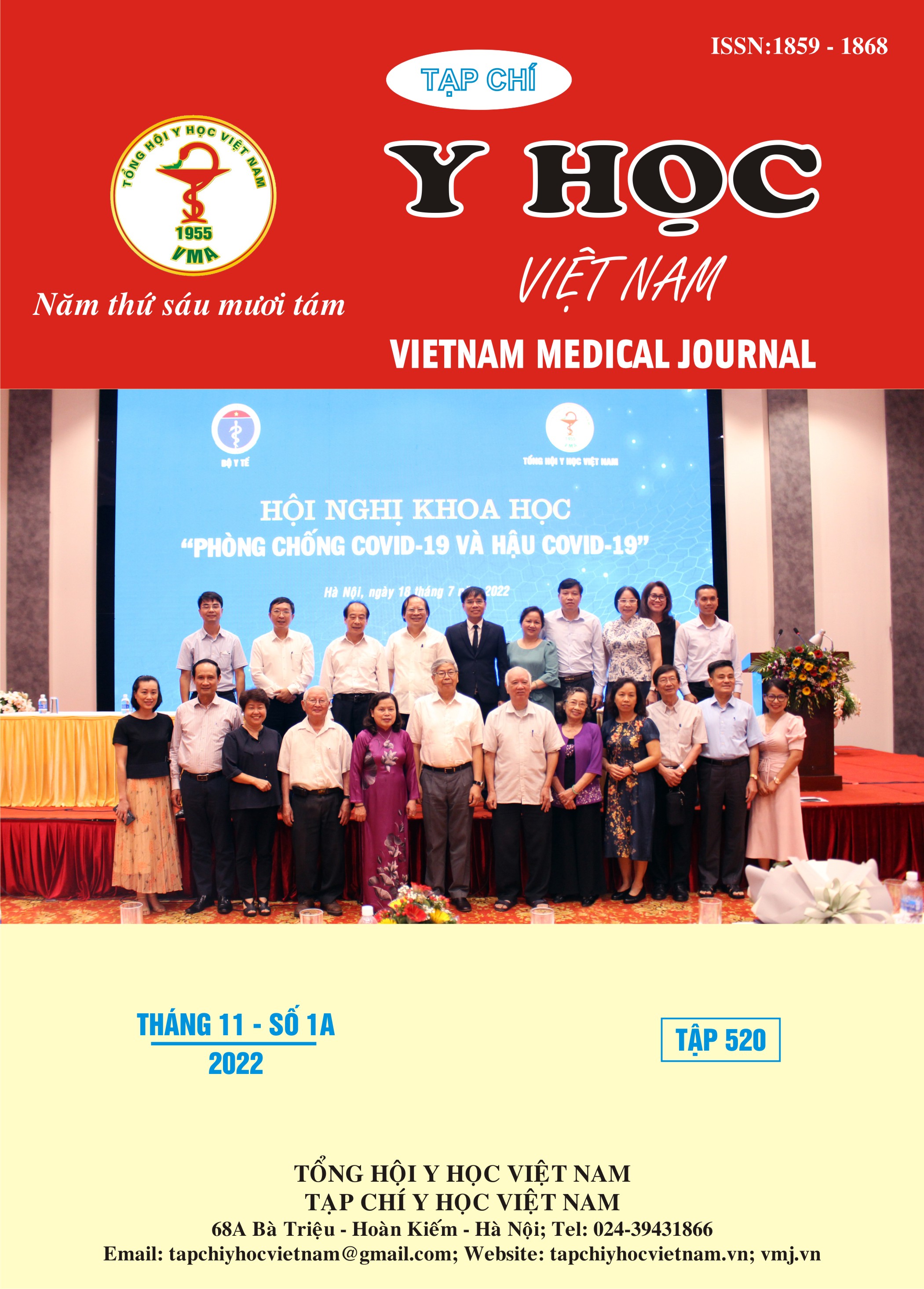EPIDEMIOLOGY OF SURGICAL DISEASES AT PROVICE AND DISTRICT HOSPITAL BY ECO-ZONES OF VIETNAM
Main Article Content
Abstract
Backgrounds and objectives: The disease pattern of a country or a community is a reflection of the health status, socio-economic situation. The study aims to describe the disease pattern of common surgical diseases at provincial and district hospitals in ecological regions of Vietnam. Materials and methods: A cross-sectional study was implemented in 7 provinces/cities including 28 hospitals. We retrospectively assessed the health statistics and data of these hospitals. Results: In three years (2018-2020), the average number of visits for examination and treatment at the provincial and districts hospitals were 100,000 and 25,000 times/year, respectively. The number of referrals of district hospitals is higher than that of provincial hospitals (7% vs. 3%). The most common diseases were traumatic brain injury (9.9%); appendicitis and its complications (6.4%); urinary stones (8%); benign prostatic hyperplasia (3.8%). These diseases were recorded at 28 provincial hospitals, and 2 district hospitals, and were the most common in 3 ecological regions, namely the Central Highlands, the Southeast and the Mekong Delta. Rectal cancer, lung tumor (5.2%, 6.3%). traumatic brain injury, spinal injury (3.9%, 2.9%) had the highest referral rate. Conclusions: The most common surgical diseases were traumatic brain injury, bone fractures, appendicitis and urolithiasis. Diseases with the highest referral rates are traumatic brain injury, spinal cord injury, and cancers.
Article Details
Keywords
Disease patterns, surgical diseases, seven ecological regions of Vietnam
References
2. Vũ Đình Hùng, Kiều Thị Hoa, Hoàng Bùi Hải. Cơ cấu bệnh tật tại khoa Cấp cứu Bệnh viện Đại học Y Hà Nội năm 2019. Tạp chí Nghiên cứu Y Học. 2021;11(147):317.
3. Dean T Jamison, Joel G Breman, Anthony R Measham, George Alleyne, Mariam Claeson, David B Evans, Prabhat Jha, Anne Mills and PM. Disease Control Priorities in Developing Countries. 2nd editio. Washington (DC): Oxford University Press; 2006.
4. Groen RS, Samai M, Stewart KA, et al. Untreated surgical conditions in Sierra Leone: a cluster randomised, cross-sectional, countrywide survey. Lancet (London, England). 2012;380(9847):1082-1087. doi:10.1016/S0140-6736(12)61081-2
5. Shrime MG, Bickler SW, Alkire BC, Mock C. Global burden of surgical disease: An estimation from the provider perspective. Lancet Glob Heal. 2015;3(S2):S8-S9. doi:10.1016/S2214-109X(14)70384-5/ATTACHMENT/55C527B6-5B0F-439D-AC94-E1395284AC02/MMC1.PDF
6. United Nations, Department of Economic and Social Affairs PD. Population ageing and development: Ten years after Madrid, in Population Facts.2012.
7. 2011 UNC. Global population to pass 10 billion by 2100, UN projections indicate.2011.


